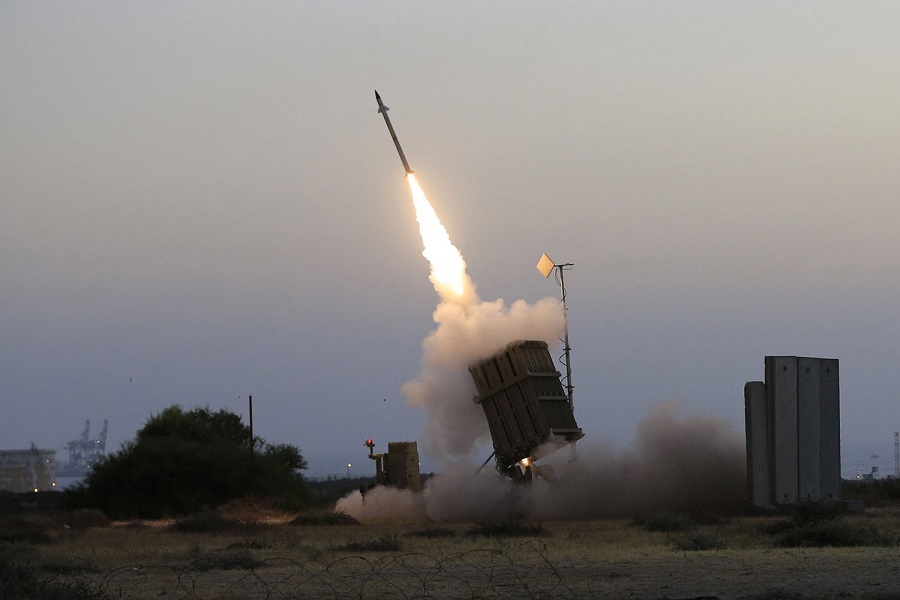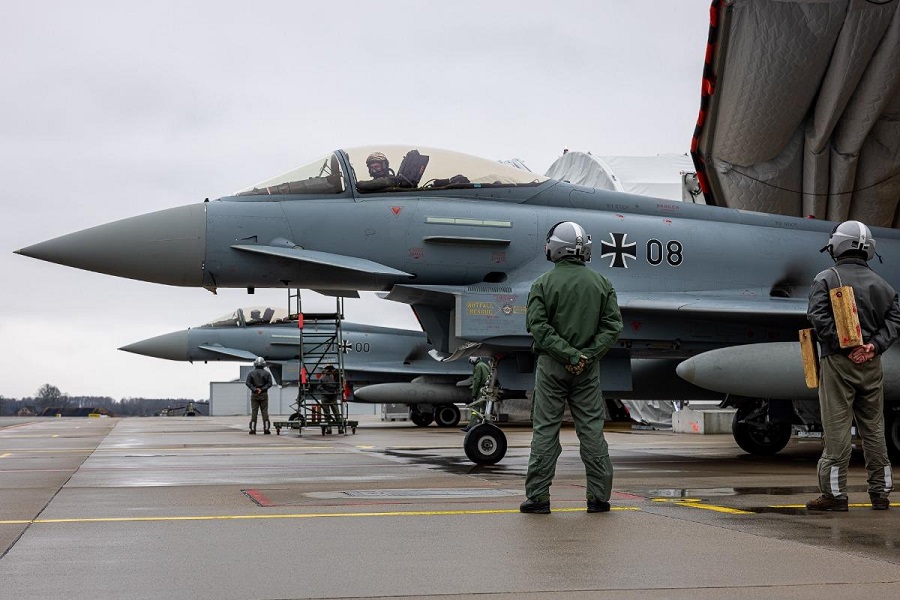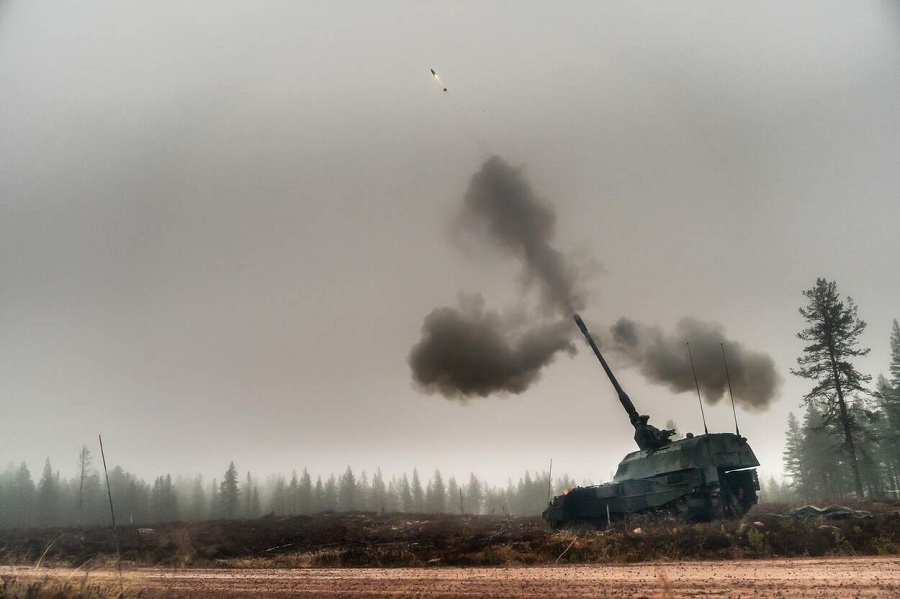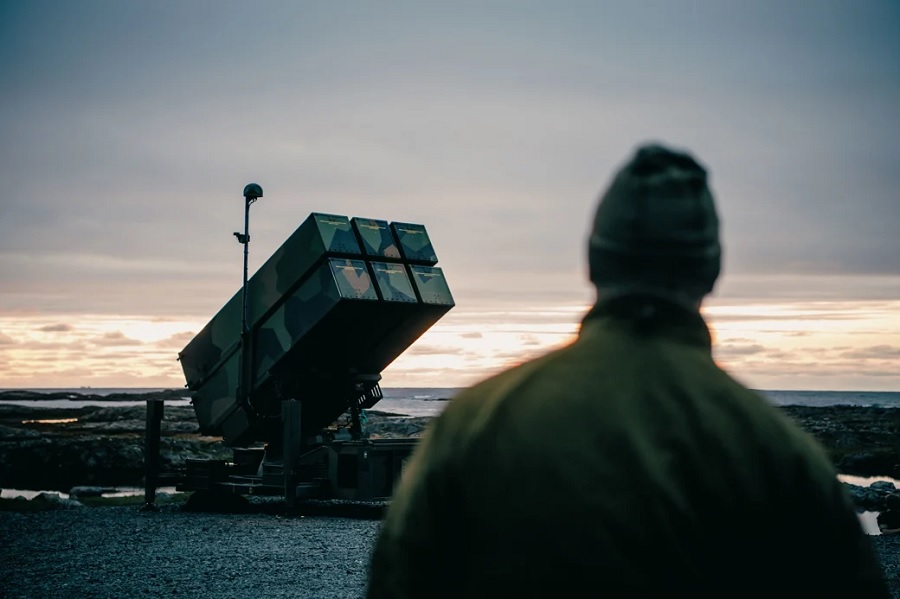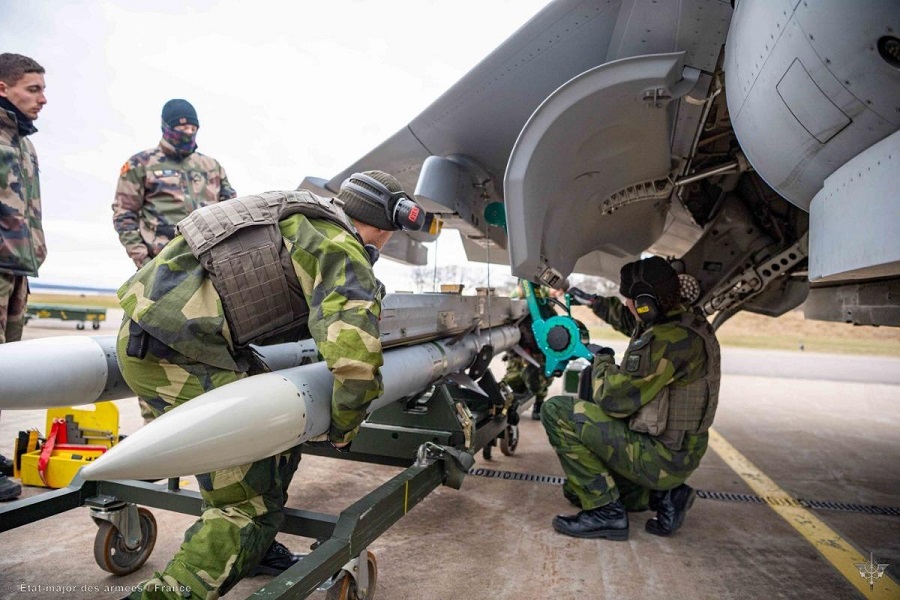”While galloping to the bomb, using the stalled talks about a new nuclear agreement, Iran is stepping up the development of its long-range ballistic missiles to be able to hit targets in Europe,” claims an Israeli expert.
Newspapers worldwide headlined on January 23, 2022, “Iran Launched Solid-Fuel Satellite Carrier Rocket into Space,” quoting the official IRNA news agency. Within two days, however, the IRNA account was removed. No rocket left the earth, but a significant static solid-fuel engine test was carried out successfully.
According to Lt. Col. (Ret.) Michael Segall from the Jerusalem Center for Public Affairs, while the on-and-off negotiations with Iran continue, Iran continues to exert pressure and threaten the negotiating partners.
“Moreover, Iran is more than just implying that it has other options if no arrangement is reached, including linking the advanced nuclear capabilities it has reached in the past year and its ballistic missiles that could reach Europe,” he said.
According to the Israeli expert, a conservative Iranian newspaper close to the regime recently reported that a solid-fuel engine tested in Iran could increase the Iranian missile range to 5,000 kilometers (3,000 miles), threatening European countries. The newspaper also praised President Raisi’s government, which, unlike its predecessor, exhibits an uncompromising negotiating position with the West, particularly in the realm of developing Iran’s missile capabilities.
The experts adds that through the recent engine tests and the launch of satellites, at the end of December 2021 – in the midst of nuclear negotiations – Iran has made it clear that it does not intend to compromise on the issue of missile development during the nuclear deal negotiations.
Iran’s Farhikhtegan newspaper reported on January 15, 2022, that Iran aspires to increase its ballistic missile range and that its development of a 5,000 kilometers-range missile is “closer than ever.” The newspaper, which belongs to the Open University (Azad-e-Islami) and is associated with the conservatives of the Iranian regime, quoted recent remarks by Brig.-Gen. Amir Ali Hajizadeh, commander of the Revolutionary Guards’ Aerospace Corps. They interpreted his remarks as an indication that Iran plans to increase its range of ballistic missiles.
Gen. Hajizadeh announced a “successful test” of a new Satellite Launch Vehicle (SLV) engine called the “Raafe”. Hajizadeh appeared before clerics in Qoms and said that over the past two years, a series of tests had been carried out on a solid-fueled satellite launcher rocket. The commander of the Revolutionary Guards’ Aerospace Corps also revealed that the body of the new satellite launcher is of composite design, not metallic. The design and removal of liquid fuel pumps lighten the rocket, allowing for longer ranges or larger payloads. Hajizadeh added that Iran’s aviation and missile ability could not be curbed through “assassinations, threats, and sanctions.”
According to the Farhikhtegan newspaper, the test indicates significant progress in the missile field. The newspaper added that, although Iran has announced that it does not want to build ballistic missiles with a range of more than 2,000 kilometers, the new engine could allow it to pass that range and even approach the 5,000 km range.
The Israeli expert says that the United States considers Iran’s satellite launchers to be a violation of Security Council Resolution 2231, which was approved in July 2015. According to the resolution, Iran was “called upon” not to take any action involving ballistic missiles “designed to be capable of delivering nuclear weapons.”
“Iran’s space programs, which were “dormant” under Rouhani, were accelerated as part of the Iranian response to the US exit from the nuclear deal and now also serve as leverage for pressure on the West during the nuclear talks.”
On December 30, 2021, Iran launched a liquid-fueled Simorgh space launch vehicle (SLV). However, it appears that the launch failed because its satellites failed to enter into orbit. Following the launch, Iran fended off criticism in the West of the launch, arguing Iran had the right to launch satellites.
The U.S. Defense Intelligence Agency found that “the new Simorgh (Safir-2) SLV could be capable of ICBM ranges if configured as a ballistic missile.”
Israeli experts say that the new relations between Moscow and Teheran will without any doubt contribute to the Iranian effort to develop an arsenal of long-range ballistic missiles with ranges that will cover Europe.
“The fact that Germany decided to purchase the Israeli Arrow-3 ballistic missiles interceptor is making sense more and more every day. The danger is not only from Russia but from countries that cooperate with Russia and feel like Moscow that the whole world is an enemy” one Israeli source said.







